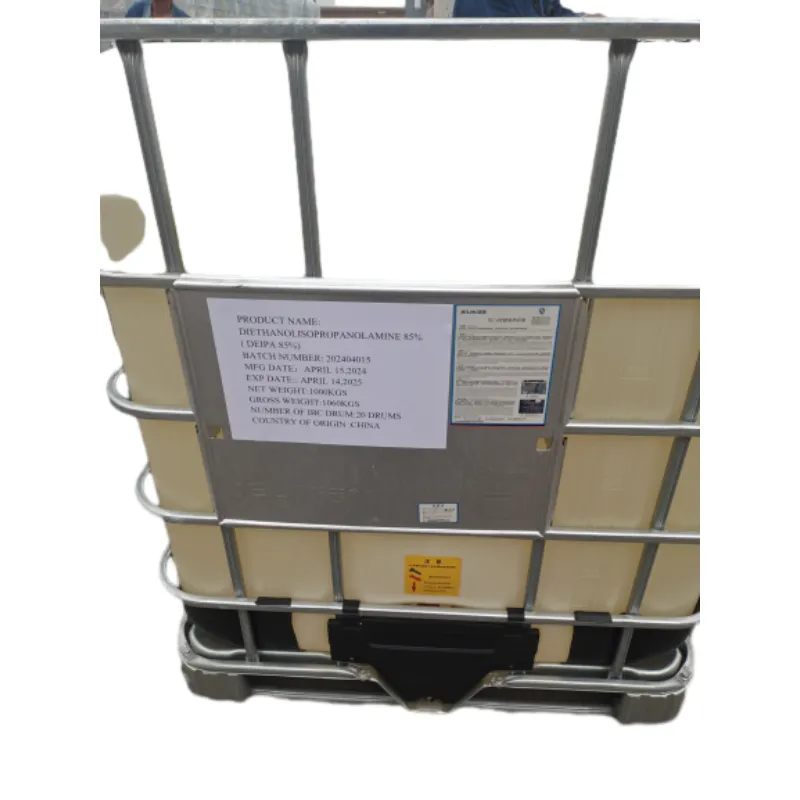
Understanding the Impact of Residual Solvents in Pharmaceutical Products and Their Safety Implications
Residual Solvents Understanding Their Impact in Various Industries
Residual solvents are organic volatile chemicals that are used or produced in the manufacture of pharmaceutical products, food additives, and personal care items. While these solvents play a crucial role in the production process, their presence in final products raises significant safety and regulatory concerns. Understanding residual solvents, their sources, potential health impacts, and guidelines for acceptable levels is vital for manufacturers and consumers alike.
What Are Residual Solvents?
Residual solvents can be defined as the leftovers of solvents that remain in a product after the manufacturing process. These solvents are often indispensable in synthesis, extraction, or processing steps. Common examples of residual solvents include ethanol, methanol, acetone, and dichloromethane, among others. In pharmaceuticals, these solvents are often used to dissolve, extract, or purify active ingredients. However, if not adequately removed, they can lead to contamination and pose health risks to consumers.
Sources of Residual Solvents
The sources of residual solvents can vary across industries. In the pharmaceutical industry, they often remain after synthesis, extraction, or purification processes. For example, solvents are commonly used in the crystallization of active pharmaceutical ingredients (APIs). Additionally, some residual solvents may also arise from the storage of raw materials or even from the equipment used in manufacturing.
In the food industry, residual solvents can be found in various products, such as extracts, flavorings, and even packaging materials. For personal care products, solvents may be used in the formulation of creams, lotions, and perfumes. Thus, the presence of residual solvents is a widespread concern across multiple sectors.
Health Implications
The health implications of residual solvents can vary depending on the nature and concentration of the solvent present in the product. Some solvents are known to be neurotoxic or carcinogenic, posing significant health risks to consumers. For instance, prolonged exposure to methanol can lead to serious health issues, including visual impairment and neurological damage. Therefore, it is essential for manufacturers to be aware of the risks associated with the solvents they use and to take necessary precautions during the manufacturing process.
residual solvents

Regulatory Standards and Guidelines
Due to the potential health risks associated with residual solvents, numerous regulatory agencies have established guidelines and standards for acceptable levels in products. The United States Pharmacopeia (USP) and the International Conference on Harmonisation (ICH) have outlined specific limits for various solvents in pharmaceuticals. For example, Class 1 solvents such as methylene chloride and benzene are generally prohibited due to their high toxicity levels. In contrast, Class 3 solvents, such as ethanol and isopropanol, are acceptable within established limits.
Food safety authorities, such as the Food and Drug Administration (FDA), also monitor residual solvents in food products, emphasizing the importance of complying with safety standards. For personal care products, regulations can vary widely by region, with some countries having stringent requirements while others are less rigorous.
Importance of Testing and Quality Control
To ensure compliance with regulatory standards and safeguard consumer health, routine testing for residual solvents is crucial. Manufacturers must implement robust quality control measures that include regular solvent analysis and validation of production processes. This may involve employing sophisticated analytical techniques such as gas chromatography-mass spectrometry (GC-MS) to accurately quantify solvent levels in products.
Furthermore, increasing consumer awareness has led to greater demand for transparency from manufacturers regarding the presence of residual solvents in products. This emphasizes the importance of clear labeling and communication about the potential risks associated with these solvents.
Conclusion
Residual solvents pose significant challenges across various industries, notably in pharmaceuticals, food, and personal care products. While their use is often necessary for the manufacturing process, understanding their sources, health implications, and adhering to regulatory standards is essential to ensure consumer safety. By implementing effective testing and quality control measures, manufacturers can mitigate the risks associated with residual solvents, contributing to safer products and enhanced consumer trust. As we continue to innovate and develop new products, prioritizing the responsible use and management of residual solvents will be paramount in ensuring a healthier future for all.
-
Buy High-Quality Trichloroisocyanuric Acid for Sale | TCCA 90% SupplierNewsAug.30,2025
-
Pure Sodium Dichloroisocyanurate Dihydrate | Powerful DisinfectantNewsAug.29,2025
-
Industrial Chemicals: Quality & Purity for Every IndustryNewsAug.28,2025
-
Nitrile Rubber Honoring Strict Production StandardsNewsAug.22,2025
-
Aspartame Ingredients Honoring Food Safety ValuesNewsAug.22,2025
-
Fertilizer for Balanced Plant NutritionNewsAug.22,2025
-
Cyanide Gold Processing with High Purity AdditivesNewsAug.22,2025
Hebei Tenger Chemical Technology Co., Ltd. focuses on the chemical industry and is committed to the export service of chemical raw materials.
-

view more DiethanolisopropanolamineIn the ever-growing field of chemical solutions, diethanolisopropanolamine (DEIPA) stands out as a versatile and important compound. Due to its unique chemical structure and properties, DEIPA is of interest to various industries including construction, personal care, and agriculture. -

view more TriisopropanolamineTriisopropanolamine (TIPA) alkanol amine substance, is a kind of alcohol amine compound with amino and alcohol hydroxyl, and because of its molecules contains both amino and hydroxyl. -

view more Tetramethyl Thiuram DisulfideTetramethyl thiuram disulfide, also known as TMTD, is a white to light-yellow powder with a distinct sulfur-like odor. It is soluble in organic solvents such as benzene, acetone, and ethyl acetate, making it highly versatile for use in different formulations. TMTD is known for its excellent vulcanization acceleration properties, which makes it a key ingredient in the production of rubber products. Additionally, it acts as an effective fungicide and bactericide, making it valuable in agricultural applications. Its high purity and stability ensure consistent performance, making it a preferred choice for manufacturers across various industries.





